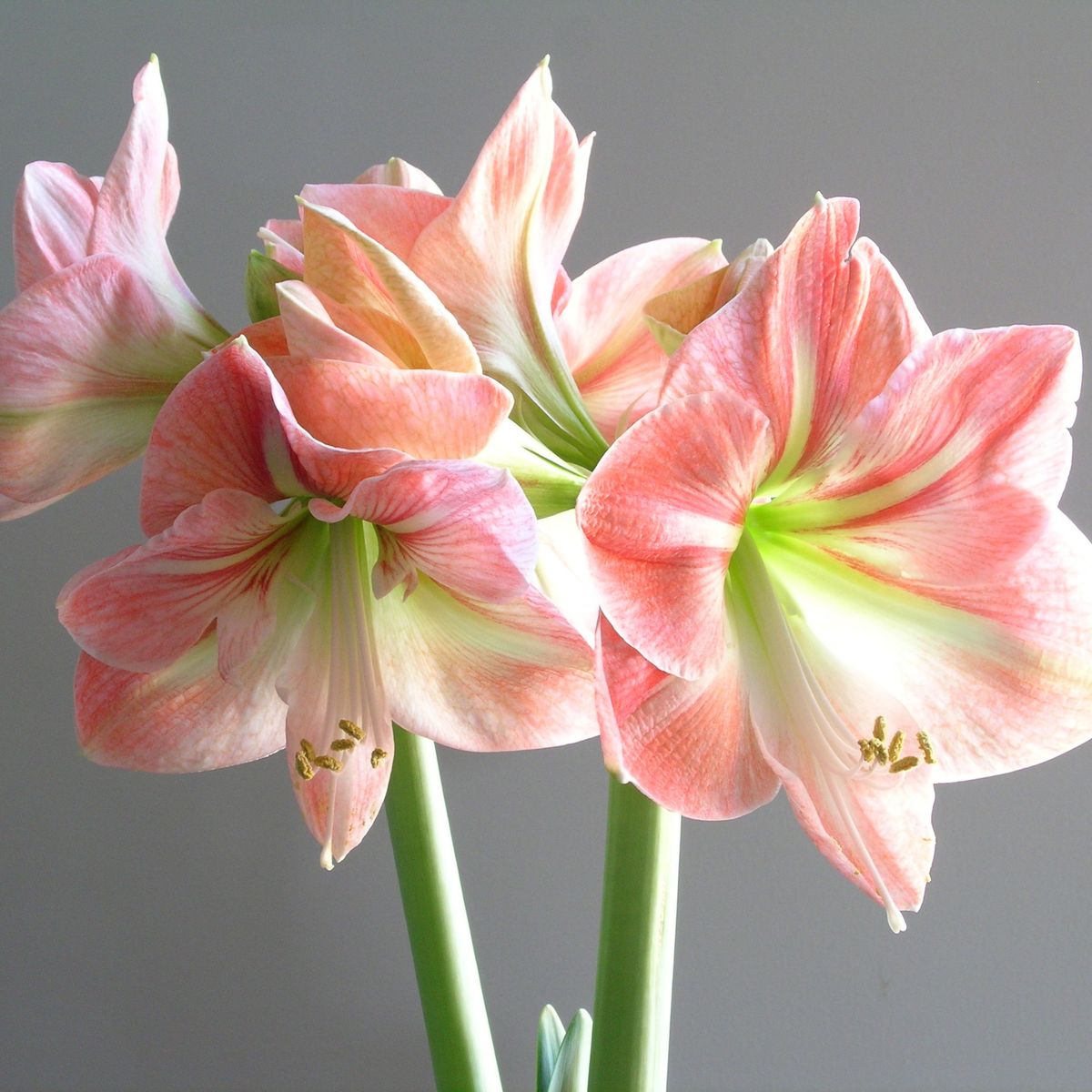Knowing when to harvest vegetables is just as important as knowing how to grow them. Some have a long time over which you can harvest, others must be harvested at just the proper stage of ripening. Harvest at the wrong time, and your vegetables may not ripen properly if too young, or be tough and bitter if too old. You can’t really go by the calendar, or days to maturity, as this can vary from year to year with such conditions as rain, temperature, and nutrition. The best way to tell when to harvest is by the traits of each vegetable. Here are some specific clues.
Lima beans are best harvested when the pods are full, but before they start turning yellow. They are more tender when immature, meatier when mature. The same applies to snap beans. When the seeds are half of full size or larger, the pods will be more fibrous and starchy.
There are three traits which indicate a cantaloupe is ready for harvest—the stem slips easily from the vine, the “netting” on the surface turns light tan, and the blossom end (opposite the stem) is soft (push gently with your thumb) and smells sweet.
Feel the tips of sweet corn ears. When they feel full through the husk they are ready for harvest. You’ll see dry silks. Open the top of the ear, peeling back the husks, and kernels should be filled out. Press a kernel with your fingernail, and it should have a milky sap. Use as soon as possible after harvest for the maximum sweetness.
Length of cucumber when mature will vary with variety, but generally they are one and one-half to two and a half inches across, and five to eight inches long. They are best harvested slightly immature when spines are soft and before the seeds become half sized.
Eggplant maturity and size varies with variety too. In general, harvest when nearly full size and bright and shiny. When they turn a dull color, and seeds turn brown, they are overripe.
If you didn’t harvest onions for eating while they were still small, harvest when bulbs are one to one and a half inches across for boiling and pickling. Harvest them even larger, when tops fall over and the base of leaves (“necks”) shrivel, for storing and general cooking.
Harvest hot peppers as you need them, the young and green ones being hotter in many cases than the mature and colored ones. Late in the season you can pull the whole plant, and dry peppers in a warm, well-ventilated space. On the other hand, harvest sweet peppers when the fruits are full and firm. You can leave them on the plant if you want them to turn colors, if this is the case for a particular selection (some stay green, others turn colors when fully mature). Even if a pepper will eventually turn colors, it can still be eaten while green with little difference in flavor, if any.
For new potatoes, harvest only a couple weeks after they bloom. For a main crop, harvest tubers when the tops have died down later in the season. Harvest when the soil is dry if possible, and dig carefully to avoid bruising (use a garden fork, not spade, to loosen the soil). Cure potatoes for about two weeks in a cool (45 to 60 degrees F), dark, and well-ventilated area. For sweet potatoes, harvest in fall before frosts and freezes. Handle them carefully to avoid bruising but, unlike regular potatoes, cure them dry and warm (80 to 85 degrees F) for one week.
Summer squash should be harvested when young, tender, and a fingernail easily nicks the surface. Winter squash should be harvested when mature fruit is hard and can’t be scratched with a fingernail. Harvest winter squash before the first hard frost, with a sharp knife, and leaving and inch or so of stem attached. Without a stem, fruit will begin decay from the scar. Dry winter squash for 10 days to two weeks in a dry, warm area (75 to 85 degrees F). Harvest and treat pumpkins similar to winter squash.
The proper time to harvest tomatoes varies with variety, but in general is when a fruit is uniformly red (or colored in the case of yellow or other varieties), and the end is still firm and not soft. Ripe fruit should sink when placed in water. If late in the season and frosts are predicted, you can harvest green tomatoes. They will ripen fine in dark, and in fact light can delay ripening. Keep them warm (55 to 70 degrees F) until ripe, and you should be able to store them this way for three to five weeks.
For all your vegetables, the regular inspection every few days is the key to the best and longest harvest season. There are several cool season crops such as lettuce, carrots, and cabbage that can be planted out in late summer for fall harvest. More tips on growing these and other vegetable crops in the North, as well as their storage, can be found in articles from Cornell Cooperative Extension (gardening.cals.cornell.edu).
HARVESTING SUMMER VEGETABLES
Dr. Leonard Perry, Horticulture Professor Emeritus
University of Vermont











